Take the First Step For Estimate!
- Accurancy
- Efficiency
- Transparency
- Customization
- Time Saving
- Professionalism
- Cost Control
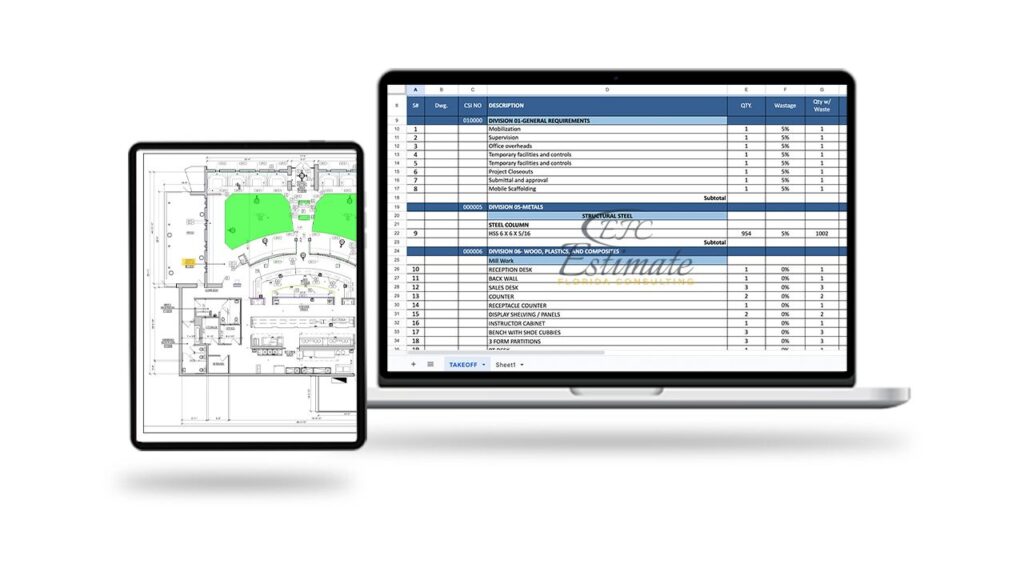
At Estimate Florida Consulting, we specialize in providing accurate estimates for various construction needs, including fire hydrant installation in warehouse buildings.The cost of installing a fire hydrant in a warehouse building can vary depending on factors such as the size of the building, local regulations, accessibility, and other specific requirements. On average, the cost can range from $3.50 to $7.25+ per square foot of the warehouse.Depending on the complexity of the installation and the distance from the water source, this cost can range from $35,000 to $75,000 or more .
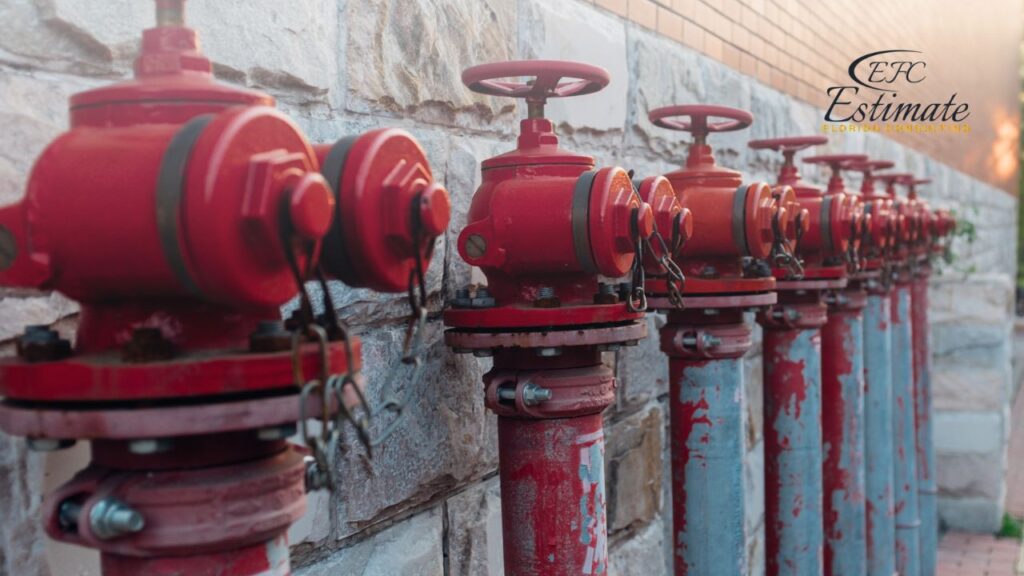

Here’s the information presented in a table format:
Fire Hydrant System | Cost Range (per hydrant or per system) | Description |
Wet Barrel Hydrant | $1,500 – $3,500 (including installation) | Suitable for non-freezing areas with constant water availability. Includes hydrant and installation. |
Dry Barrel Hydrant | $2,000 – $4,500 (including installation) | Designed for freezing areas, preventing water in the barrel from freezing. Includes hydrant, components, and installation. |
Standpipe Systems | $5,000 – $15,000+ (per system) | Integrated into building structures, costs vary based on system size, number of standpipes, and installation complexity. Includes system components, installation, and code compliance. |
These cost ranges are approximate and can vary based on various factors, as mentioned in the original information.
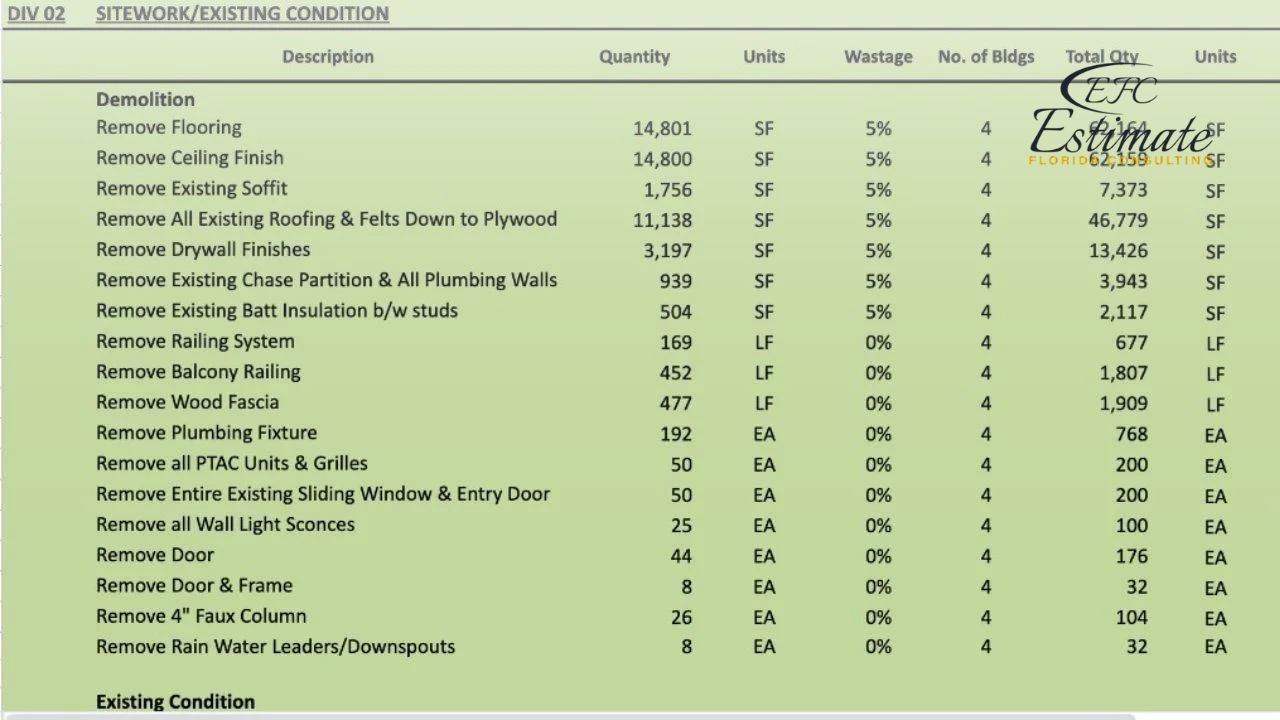
ZIP Code Based Estimate
Highly Accurate
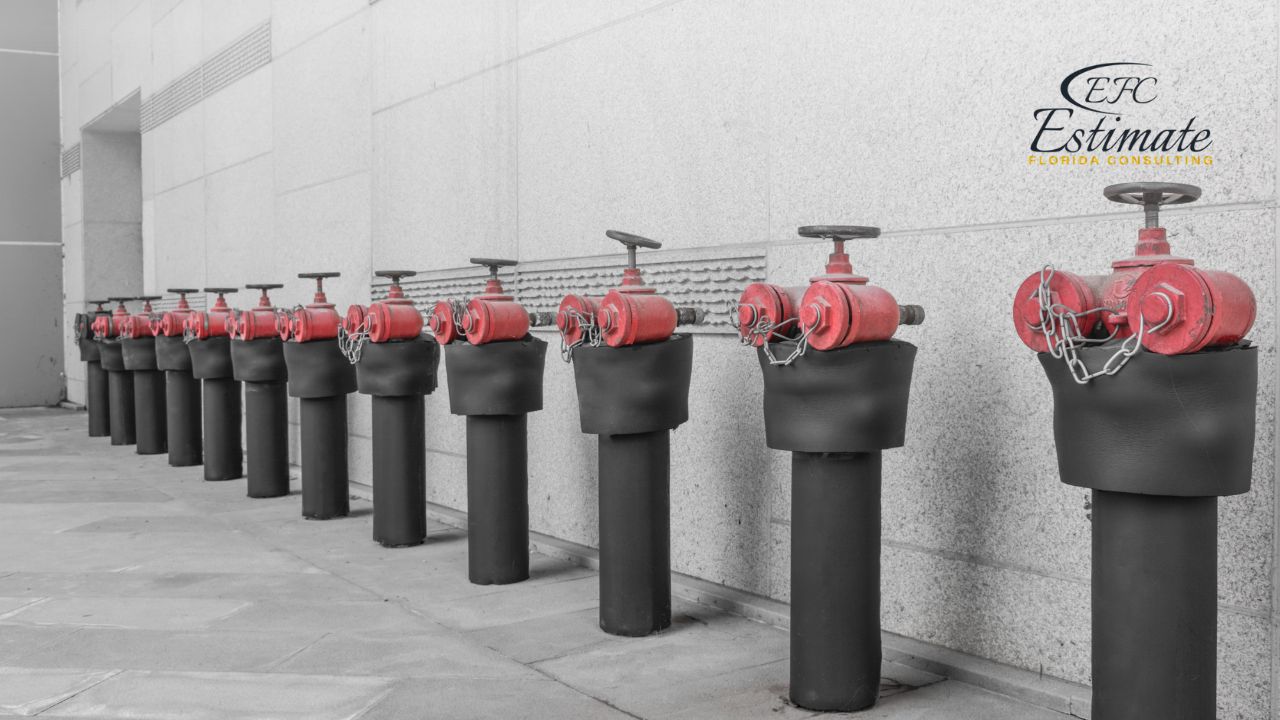
Fully Insured License
Hire Contractor for Warehouse
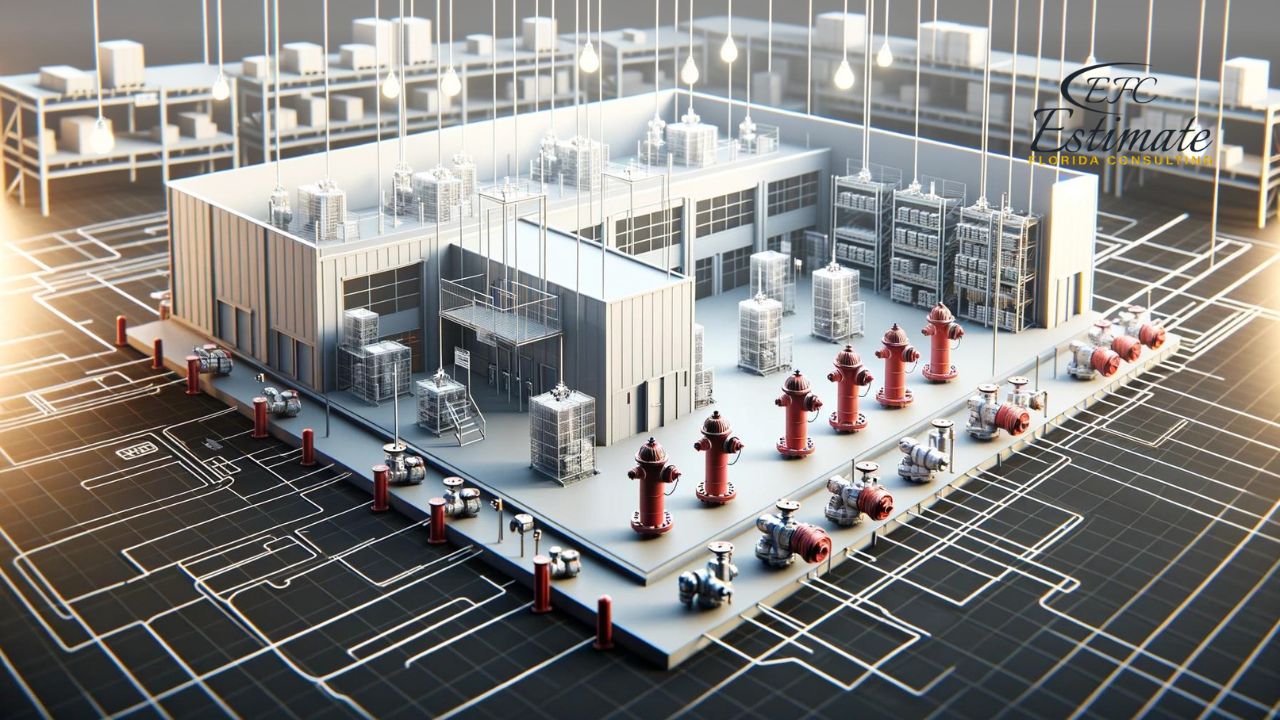
Make Informed Design Decisions Showcase Your Design Ideas
Get RenderingThe size and layout of the warehouse directly impact the number and placement of fire hydrants required. Larger warehouses with extensive square footage may necessitate more hydrants to ensure adequate coverage. Additionally, warehouses with intricate layouts, multiple levels, or storage configurations that obstruct access to hydrants may require specialized installation techniques, which can increase costs. It’s essential to conduct a thorough assessment of the warehouse’s dimensions and layout to determine the optimal placement and quantity of hydrants for effective fire protection.
Compliance with local fire safety regulations and standards is non-negotiable when designing and installing fire hydrant systems. These regulations often dictate specific requirements for factors such as hydrant spacing, water flow rates, and access clearance. Adhering to these standards not only ensures the safety of the warehouse and its occupants but also influences system design and cost. Failure to comply with local regulations can lead to legal consequences, fines, or even jeopardize insurance coverage. Therefore, it’s crucial to work closely with local authorities and fire safety experts to ensure compliance and determine the associated costs.
The type of fire hydrant system selected plays a significant role in determining installation and maintenance costs. There are three primary types of fire hydrant systems: wet barrel, dry barrel, and standpipe systems. Wet barrel hydrants are the most common and simplest in design, making them relatively cost-effective to install and maintain. Dry barrel hydrants, which are typically used in colder climates, involve more complex construction and insulation, potentially increasing installation costs.
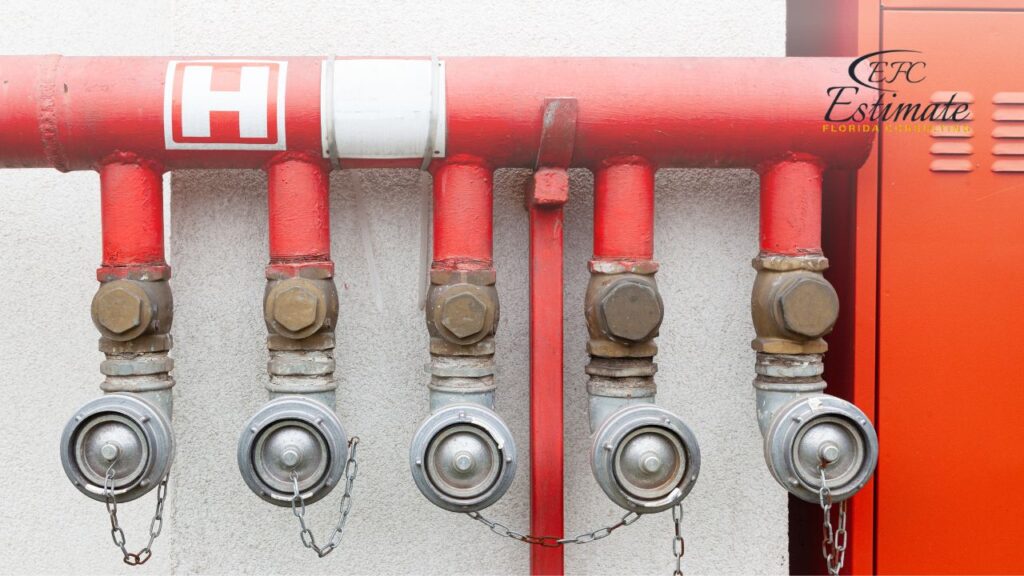
Standpipe systems, commonly found in high-rise buildings, require additional components like vertical piping and hose connections, making them more costly to install and maintain due to their complexity.
The cost of materials and labor can vary significantly based on the location and prevailing market conditions. The price of fire hydrants, piping, valves, and associated components can fluctuate from one region to another due to factors such as supply and demand, transportation costs, and local regulations. Additionally, labor rates for skilled technicians and installers differ by location, affecting installation costs. It’s advisable to obtain multiple quotes from reputable suppliers and contractors to ensure competitive pricing while maintaining the required quality and safety standards.
Here’s the information presented in a table format for easier reference:
Fire Hydrant System Component | Cost Range (per hydrant or per system) | Description |
Purchase and Installation of Hydrants | $1,500 – $5000 or more (including installation) | Cost of purchasing hydrants and labor for installation, varying based on type, materials, location, and complexity. |
Piping and Connection Costs | $1,500 – $4,000 (including materials and installation) | Expenses for pipes, valves, fittings, and labor to connect hydrants to the water supply. Affected by distance, pipe type, and excavation. |
Labor Costs | Varies based on project size and complexity | Skilled labor costs for system installation, testing, and commissioning. Varies based on system complexity and local labor rates. |
Maintenance and Inspection Costs | Varies based on frequency and scope of maintenance | Ongoing expenses for regular system maintenance, inspections, and testing to ensure compliance and functionality. Costs depend on system size and maintenance level. |
These cost ranges are approximate and can vary based on various factors, as mentioned in the original information.
Fire hydrant systems are essential components of a comprehensive fire protection strategy, especially in warehouse environments where the risk of fire can be significant. Understanding the technical aspects, advantages, and environmental suitability of each type of fire hydrant system is crucial for selecting the most appropriate solution. Here we delve into the details of wet barrel, dry barrel, and standpipe systems.
Dry barrel hydrants are designed to prevent water from remaining in the barrel when not in use. The main valve is located below the frost line, and the barrel is drained when the hydrant is closed. This design prevents freezing and damage to the hydrant in colder climates. Water is only allowed into the barrel when the hydrant is opened.
Wet barrel hydrant systems are designed with the valve mechanism located at the top of the hydrant. This design allows water to remain in the barrel of the hydrant at all times. Each outlet on a wet barrel hydrant is controlled by its own valve, allowing for multiple hoses to be connected and operated independently.
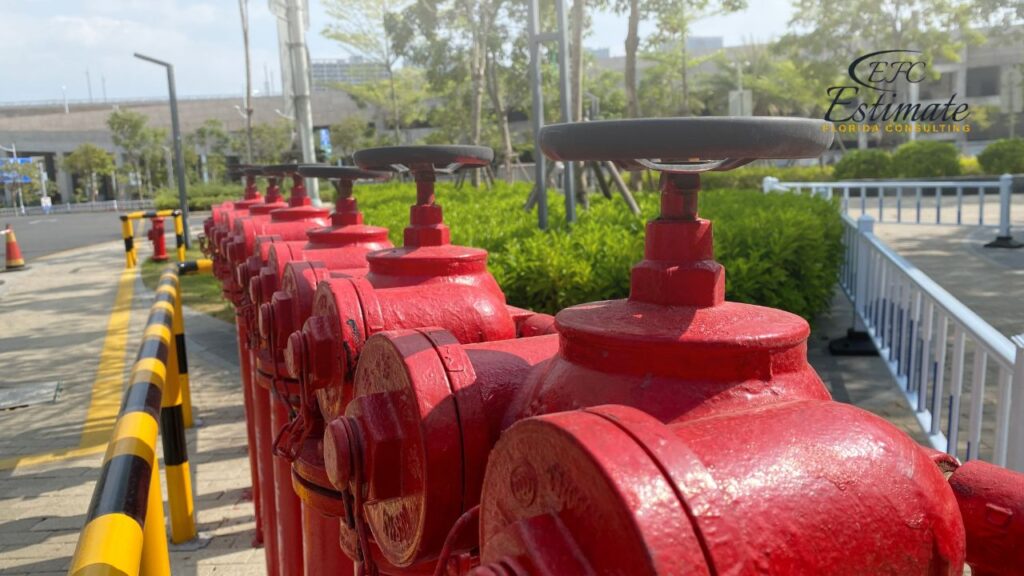
Wet barrel hydrants are best suited for warm climates where the temperature does not drop below freezing. They are commonly found in southern regions and are ideal for warehouses located in these areas due to their ease of use and maintenance.
Dry barrel hydrants are particularly suited for cold climates where the risk of water freezing inside the hydrant is high. They are the preferred choice in northern regions and are essential for warehouses in these areas to ensure fire protection throughout the year.
Standpipe systems are installed within buildings and are a series of pipes that deliver water to various points throughout the structure. These systems can be either wet or dry, depending on whether water is maintained within the pipes. Wet standpipe systems are constantly filled with water for immediate use, whereas dry standpipe systems are filled with air under pressure and are charged with water by the fire department upon arrival.
New projects are waiting for you.
Connect with more construction leads!
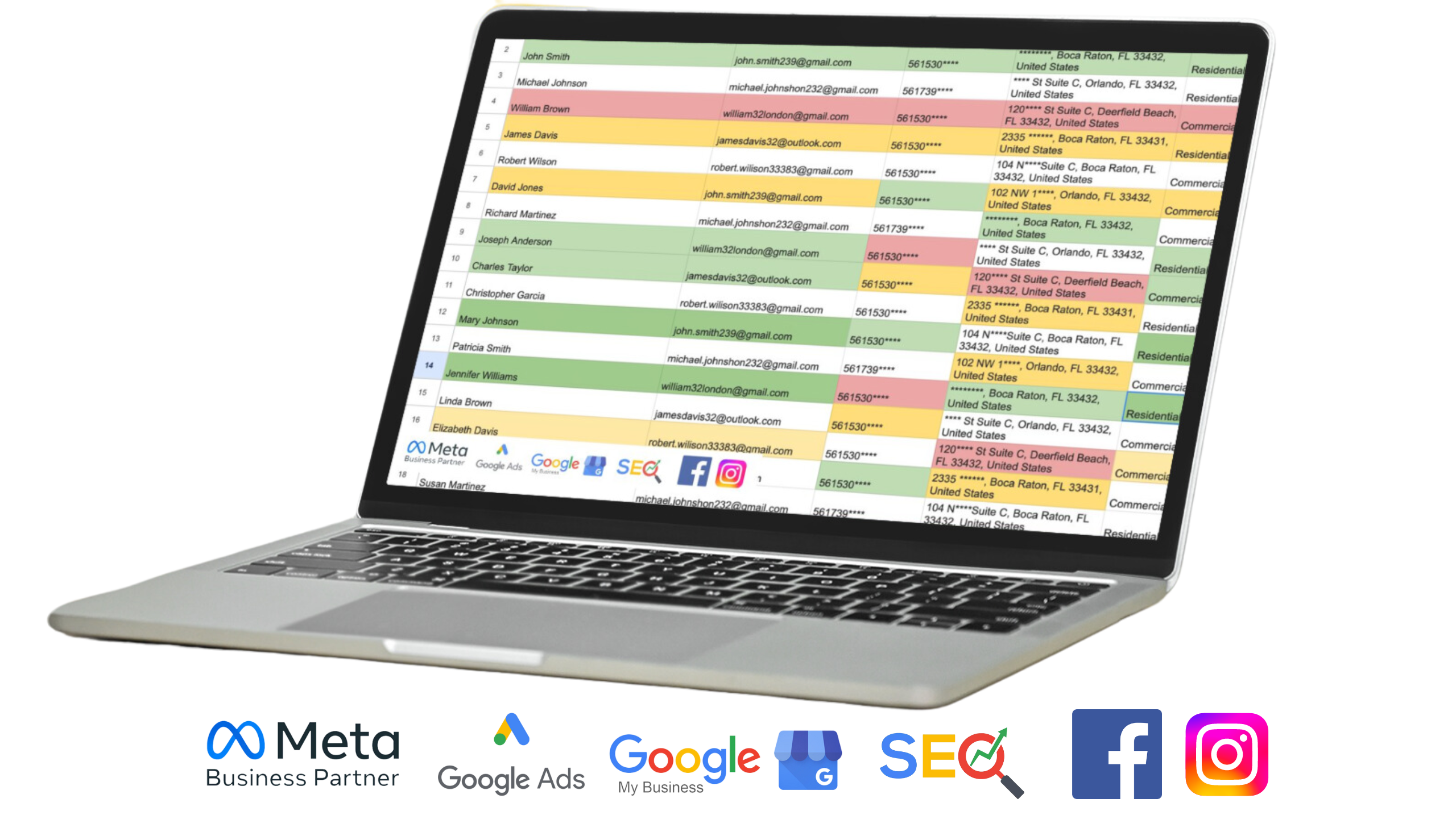
Standpipe systems are versatile and can be adapted to any warehouse environment, regardless of size or climate. They are particularly beneficial in multi-story warehouses or those with complex layouts, providing a reliable means of fire suppression across different areas of the facility.
Implementing a fire hydrant system in a warehouse is crucial for safety and compliance with fire regulations. However, the installation and maintenance of these systems can be costly. Here are several strategies to help manage and reduce these costs without compromising safety or efficiency.
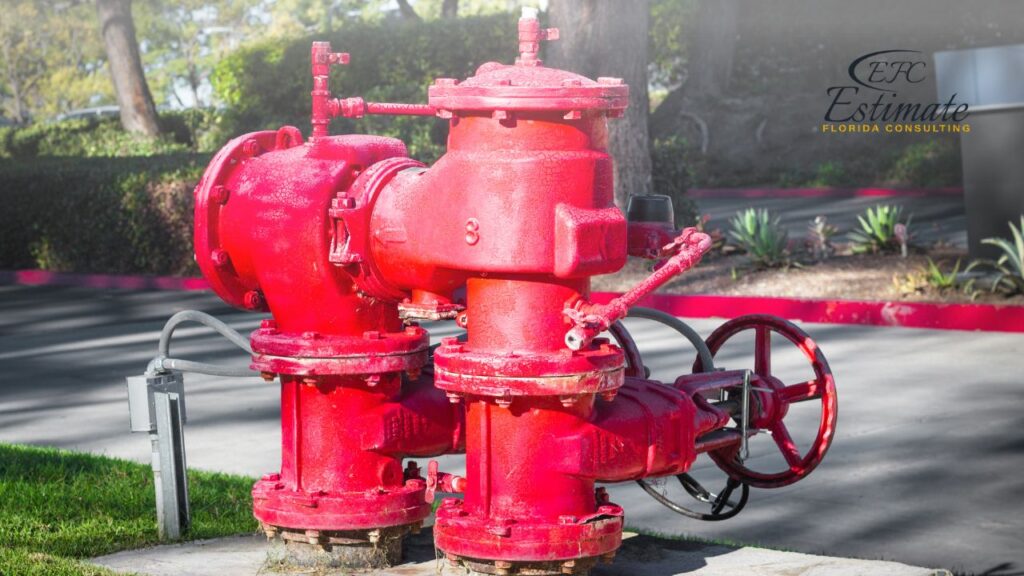
The installation of fire hydrant systems in warehouse buildings is a critical step in ensuring the safety of both personnel and valuable assets. These systems are not only essential for compliance with fire safety regulations but are also vital components of a comprehensive fire prevention strategy. The costs associated with fire hydrant systems can vary significantly based on factors such as system type, warehouse size and layout, local regulations, material and installation costs, and ongoing maintenance expenses.
To manage and potentially reduce these costs, warehouse owners and managers can employ various strategies, including optimal system design tailored to specific needs, cost-effective material selection, efficient installation processes, compliance with regulatory incentives, proactive maintenance, and long-term planning. Additionally, exploring insurance premium reductions through enhanced fire protection measures can provide financial incentives for investing in these essential safety systems.
Ultimately, while the initial investment in fire hydrant systems may seem substantial, their presence is invaluable in safeguarding warehouses against the devastating effects of fires. Prioritizing safety and adhering to best practices not only mitigates risks but also contributes to the overall resilience and protection of warehouse facilities, ensuring peace of mind for both stakeholders and the surrounding community.
The cost of installing a fire hydrant system in a warehouse can vary depending on factors like system type, warehouse size, and location. Generally, it can range from $1,500 to $5,000 or more per hydrant or per system.
The choice of fire hydrant system depends on factors such as climate, local regulations, and building layout. Wet barrel hydrants are suitable for non-freezing areas, dry barrel hydrants prevent freezing in colder climates, and standpipe systems are integrated into buildings. Consulting with experts can help determine the best fit for your warehouse.
Several factors can affect the cost of a fire hydrant system, including the size and layout of the warehouse, compliance with local regulations, material and installation costs, and ongoing maintenance expenses.
Yes, cost-saving strategies include optimizing system design, selecting cost-effective materials, competitive bidding for installation, staying informed about regulatory incentives, implementing preventive maintenance, and considering long-term expansion plans.
Yes, some insurance providers offer reduced premiums for buildings with comprehensive fire protection systems. Demonstrating that your warehouse is well-protected can lead to insurance savings, which can offset some of the costs associated with the system’s installation and maintenance.
Here I am going to share some steps to get your warehouse building fire hydrant cost estimate report.
You can send us your plan on info@estimatorflorida.com
Before starting your project, we send you a quote for your service. That quote will have detailed information about your project. Here you will get information about the size, difficulty, complexity and bid date when determining pricing.
Our team will takeoff and estimate your project. When we deliver you’ll receive a PDF and an Excel file of your estimate. We can also offer construction lead generation services for the jobs you’d like to pursue further.

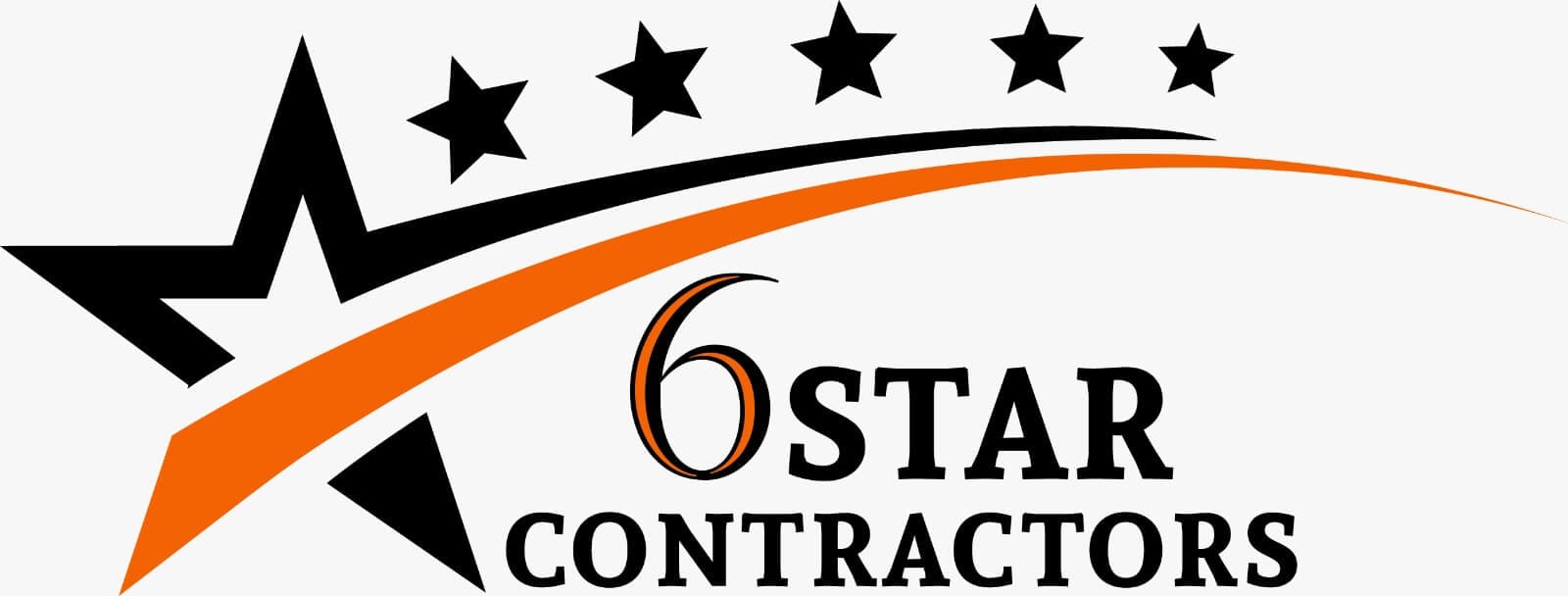

561-530-2845
info@estimatorflorida.com
Address
5245 Wiles Rd Apt 3-102 St. Pete Beach, FL 33073 United States
561-530-2845
info@estimatorflorida.com
Address
5245 Wiles Rd Apt 3-102 St. Pete Beach, FL 33073 United States
All copyright © Reserved | Designed By V Marketing Media | Disclaimer